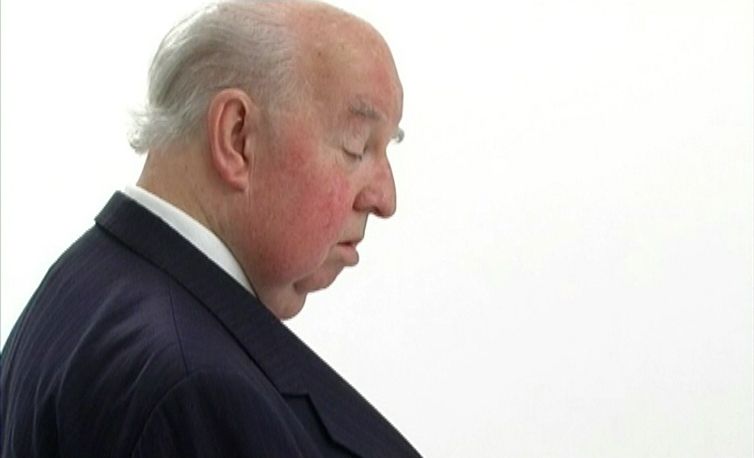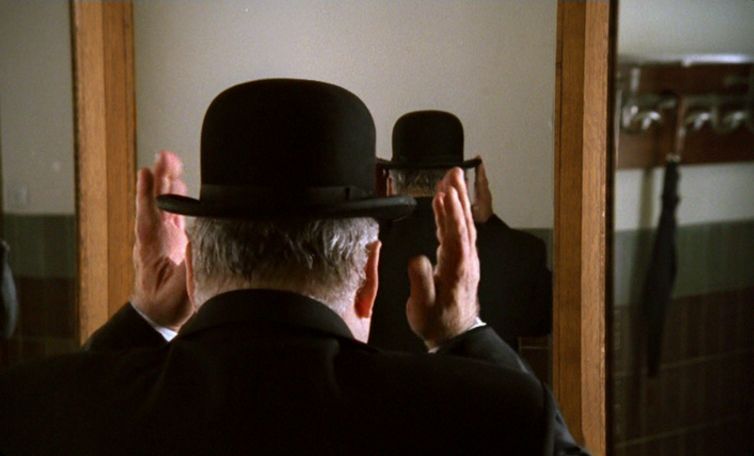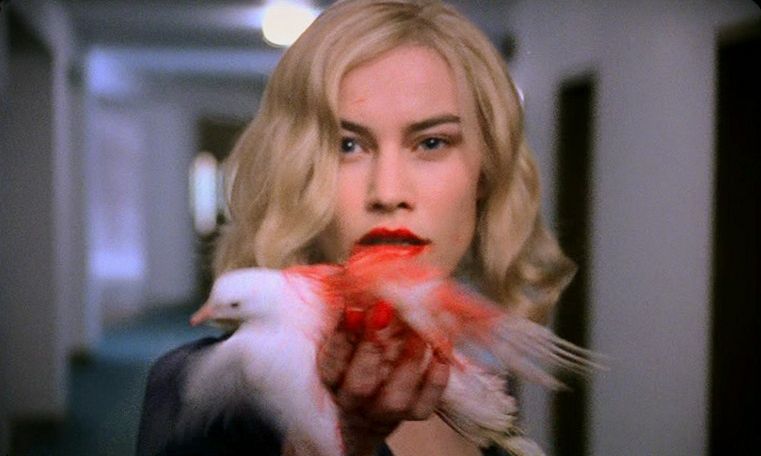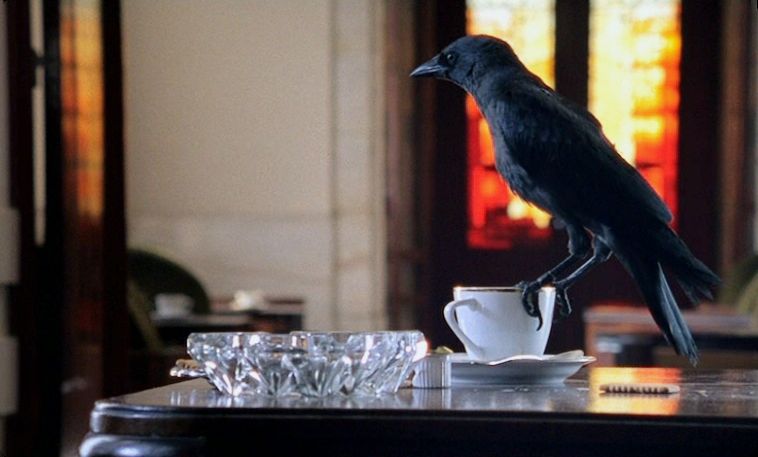Looking for Alfred

Original format
Color
Color system
Languages
Availability
"I thought I was safe until you guys came along, digging up all those other Hitchcock lookalikes. Now we will have to find ways of disposing of them." Ron Burrage, professional Hitchcock look-alike. Conceived on the one hand as homage to Alfred Hitchcock, on the other as an exploration of an imitation culture, ‘Looking for Alfred’ has turned into a multi-layered deconstruction of notions of reality. A couple of scenes document the quest for a perfect Alfred Hitchcock look-alike. The doubles were used to weave some narrative lines around the famous cameos Hitchcock made in his own films. The actors were also asked to quote an anecdote from the famous interview series which François Truffaut carried out in the 1960s with the master – a typical story Hitchcock uses to describe the term McGuffin, the fact or object that serves as the guideline for a story, without having any relevance itself. During the recordings of ‘Looking for Alfred’ it turned out that Hitchcock had become a McGuffin himself. The search for the ultimate Hitchcock, the making process of the film, surfaced a certain degree of emptiness. This void, represented by the McGuffin, unexpectedly turns into a major drive and ultimately the main idea behind the project. The film itself, recorded in the Palais des Beaux-Arts/Paleis voor Schone Kunsten in Brussels, unfolds itself like a labyrinth of reflections, echoes and quotes from the work by the master himself, as well as those of that other great modernist, René Magritte. According to Grimonprez they share a similar iconography, often referring to ideas of cloning, mirror images, projections and mistaken identities. They both, as Grimonprez indicates, tried to create a kind of ‘Photoshop-reality’, in a sense an anticipation of today’s look-alike-culture and the osmosis between Hollywood cinema and reality. This twilight zone between reality and fiction, between ‘genuine’ and ‘fake’ constitutes the guideline through ‘Looking for Alfred’.




